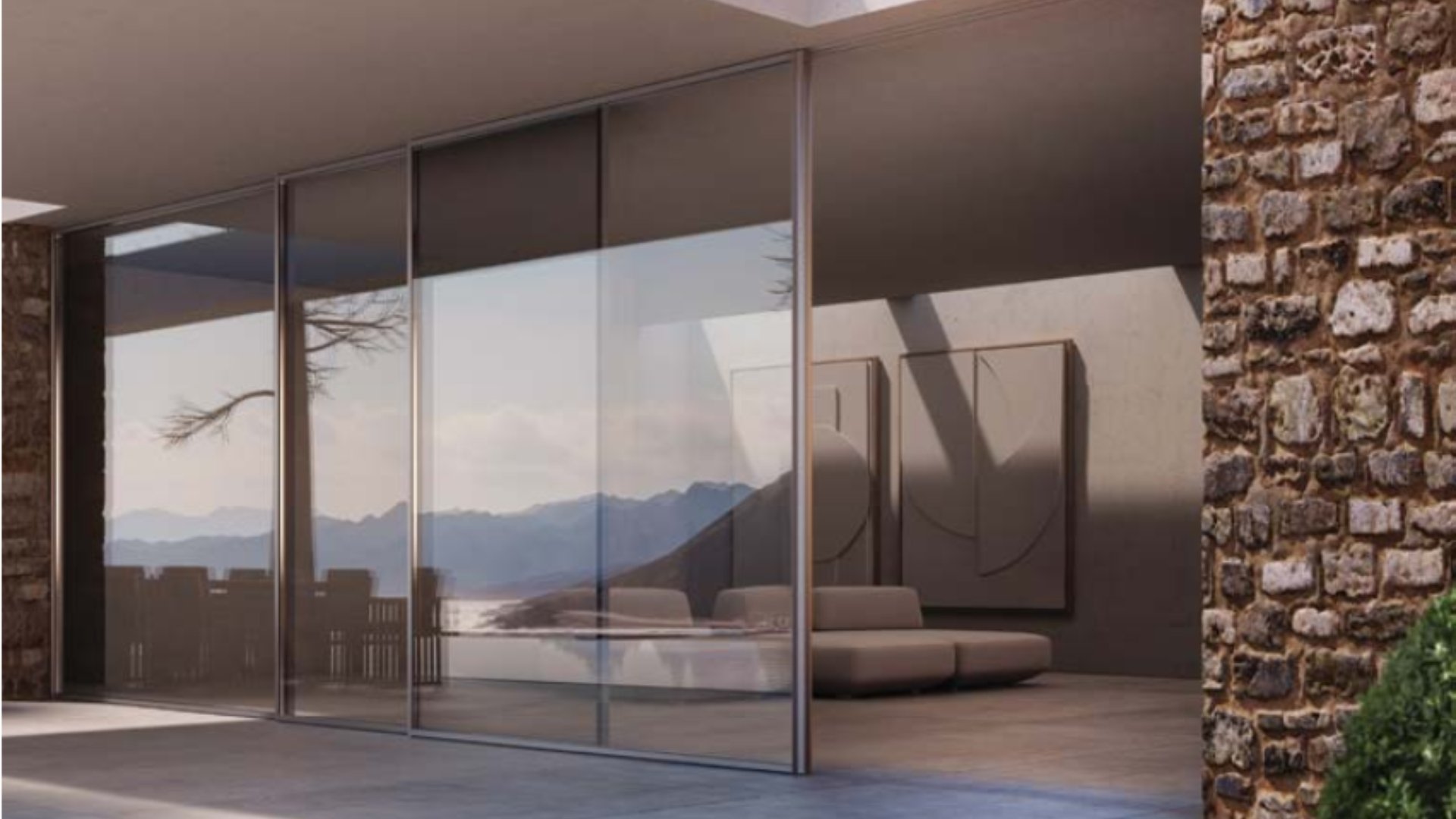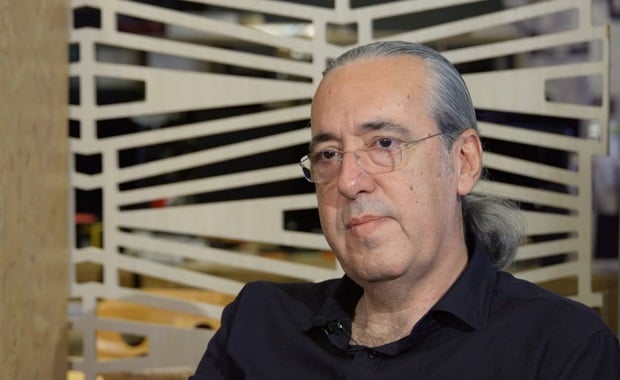 Article
Article
Iliana Kerestetzi: "We must focus on creating spaces with a reduced energy footprint"
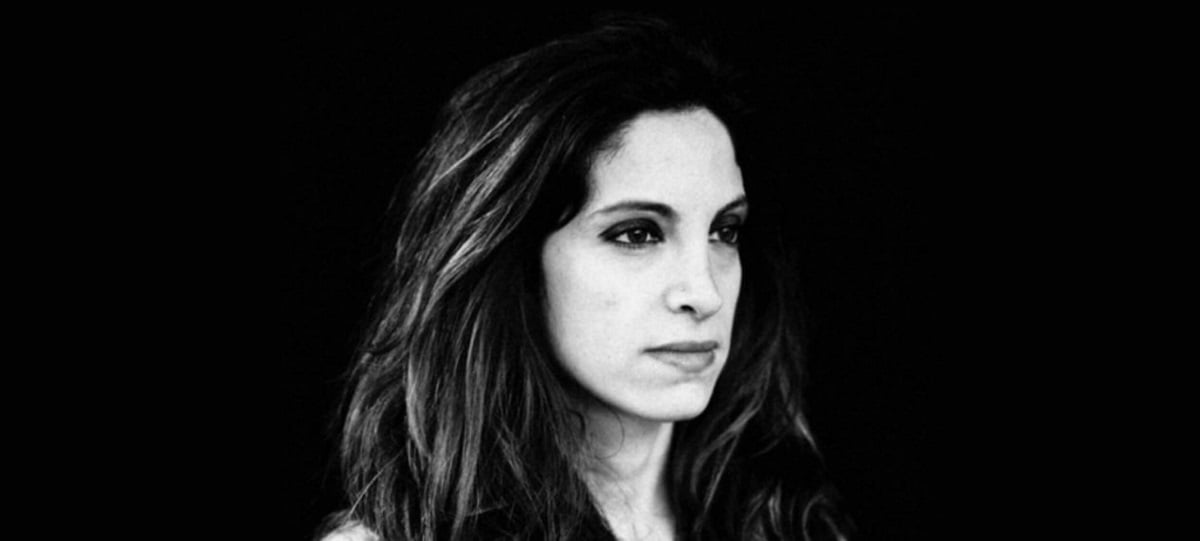
Climate change and the challenges it brings to modern architecture, the special character of island topography, the wisdom of traditional architecture and the need to combine it with new technologies. Iliana Kerestetzi, the head of MOLD Architects, always seeks harmony through architectural composition, seeking to create functional spaces that facilitate everyday living. Among other things, she spoke to us about the Ncaved House project, which is nominated for the European Prize for Contemporary Architecture - Mies van der Rohe.
The role of architecture
Ms Kerestetzi, how important is the role of architecture in people's daily life?
Considering that most of our lives are spent in built environments—from residences and workplaces to neighborhoods and cities—the qualities of these spaces profoundly shape our psychology and social behavior. While it's easy to recognize how a functional home can make life easier, there are other aspects of a space that—perhaps subconsciously—affect our mood, calm us, and fill us with energy and happiness. I am referring to the harmony of volumes and materials, the use of natural light, good air quality, the connection between interior and exterior spaces, and the coexistence of man-made and natural environments. These are some of the fundamental principles of architectural design. On a broader scale, well-thought-out urban design creates a healthy, safe, harmonious, and pleasant environment for citizens. It not only simplifies daily life but also fosters a sense of responsibility for its protection and preservation.
Island Landscape
Several of your works are located in Serifos, but also in other islands, such as Paros and Crete. What is it about the Greek island landscape that inspires you and how do you combine it with your architectural philosophy?
The Greek island landscape has always been full of examples of architecture inextricably linked to the place. The way in which traditional architecture is articulated in these landscapes is extremely instructive and is the basis on which the whole philosophy of the office is built. By studying these buildings, one discovers the wisdom of the craftsmen of the time, who used whatever they had available, mainly to survive, but also to improve their living conditions in these difficult environments. A typical example are the famous dry stone terraces which managed to keep the valuable soil from eroding, turning barren plots into arable land. This is the philosophy we try to follow, leveraging the conditions of the location, while responding to contemporary needs, aiming to make our works an organic part of the environment.
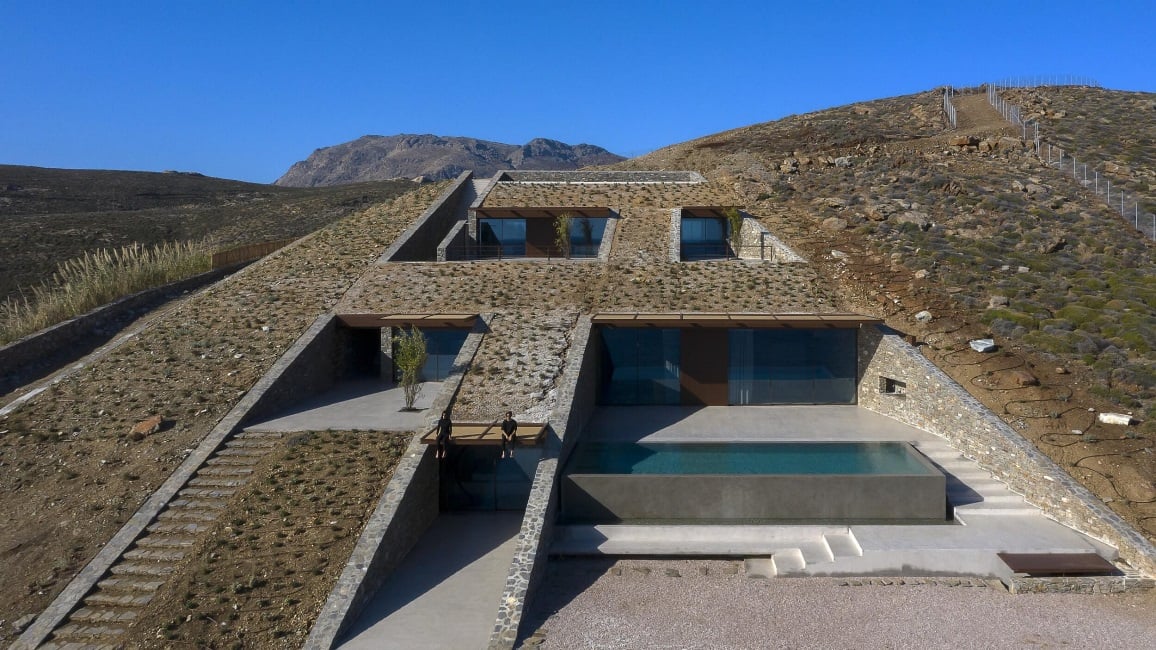
Ncaved House
The Ncaved House was among the 16 Greek nominations for the European Prize for Contemporary Architecture - Mies van der Rohe, while ALUMIL’s minimal aluminium systems were part of its impressive design. How do you feel about the distinction of this project and how important was the choice of its aluminium systems for the final result?
We are quite fortunate and happy about this nomination. This project is definitely a milestone for our firm and a project I am very proud of. The idea was to create a shelter that protects from the strong winds of the area. A key element of this peculiar "cave" were its large openings with a view to the sea to the east and the internal atriums to the west, unifying all the interior spaces with the landscape. This is exactly what ALUMIL's minimal aluminium systems helped achieve. We used the SUPREME S650 sliding system of the PHOS series, which proved to be the right choice, with its functionality and sophisticated design.
Environmental challenges
Bioclimatic design and energy-efficient houses are the focus of this decade based on the European Union's Agenda 2030. In our country, programs such as the "Exoikonomo" energy saving program, give incentives to citizens to upgrade the energy efficiency of their homes. As an architect, how do you deal with contemporary environmental challenges?
As architects, we have the opportunity—if not the obligation—to act with full awareness of the pressing issue of climate change and to propose solutions through our projects. At a global level, the architectural community is mobilized with a number of architectural competitions and exhibitions (e.g. this year's Venice Biennale), showcasing large-scale innovative proposals to address the crisis. However, on a smaller and more easily applicable scale, we must also focus on creating spaces with a reduced energy footprint, utilizing both active and passive systems. Alongside the adoption of new technologies, it's important to draw inspiration from tradition, where the thoughtful use of local materials and simple methods has consistently resulted in highly energy-efficient solutions.
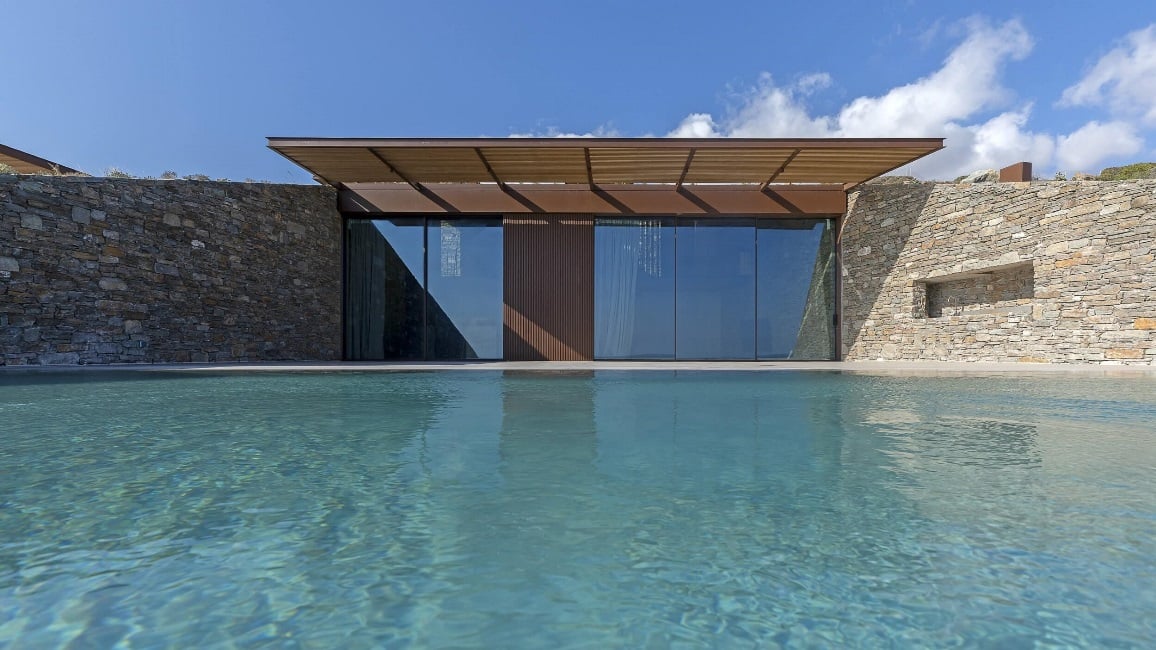
Defining Moment
Tell us about a moment in your career that you consider key in your development.
It was definitely the construction of my first project, a holiday home in Serifos. Not having a completed project and just starting my professional activity, I was very fortunate that a man entrusted me fully with the design and construction of this project. I remember moving to the island for the first time for 1.5 years, which I spent with great enthusiasm, mainly on the construction site. After many years of studies and theories, to see your idea take shape and change and grow every day is truly moving and magical. After this project, which was awarded and received a lot of publicity, the office started to establish itself in the field and receive proposals for projects - mainly for holiday houses and tourist units all over Greece.
Architecture & the Pandemic
The last two years have been particularly difficult and challenging for all of us. The COVID pandemic was a motivation for creativity for some, while others needed more time to return to normal. How did you manage all these changes and how did they affect your professional activity?
Having maintained two offices, one in Athens and one in Serifos, remote collaborations and remote work were concepts we were already familiar with. With the advent of the pandemic, the office operated nearly exclusively from the island, where we did not experience any extreme change in our daily life, as was the case in the big cities. Instead, everything quieted and slowed down, allowing us to be more creative. Without, of course, wishing to downplay the enormous problems and economic destruction caused by the pandemic, I would like to focus on the positive aspects that such a situation can have. I hope that the end of the pandemic will leave us all a little stronger, more aware and more mature.

"We must focus on creating spaces with a reduced energy footprint"


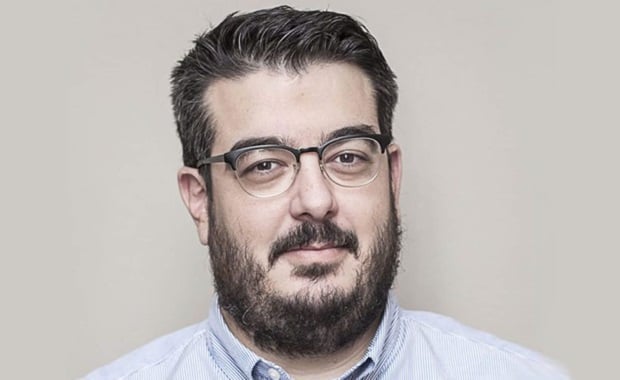
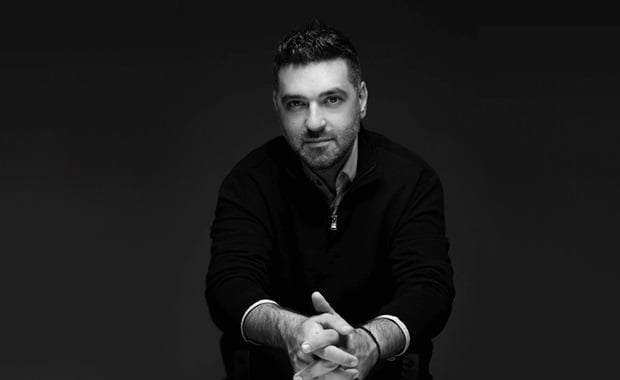
.tmb-gal-big.jpg?sfvrsn=e8bea1d1_2)
